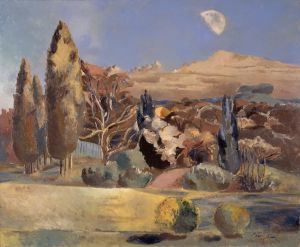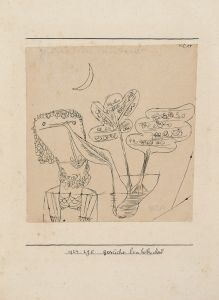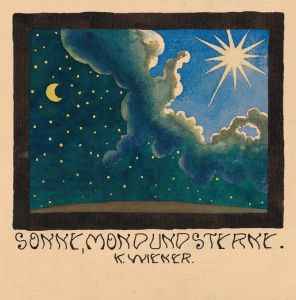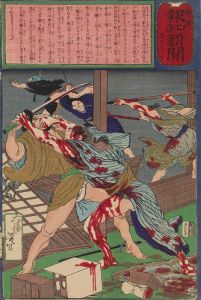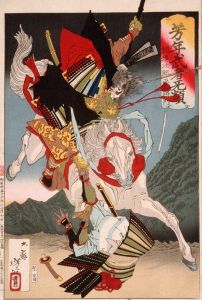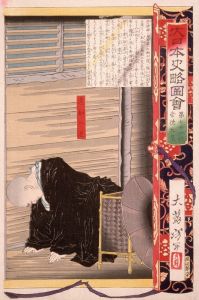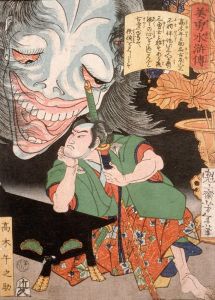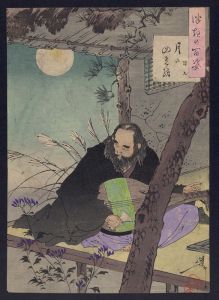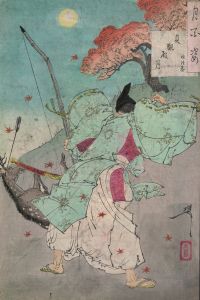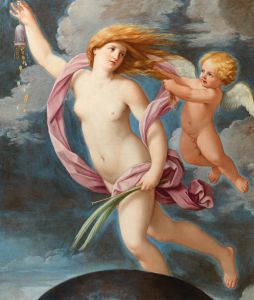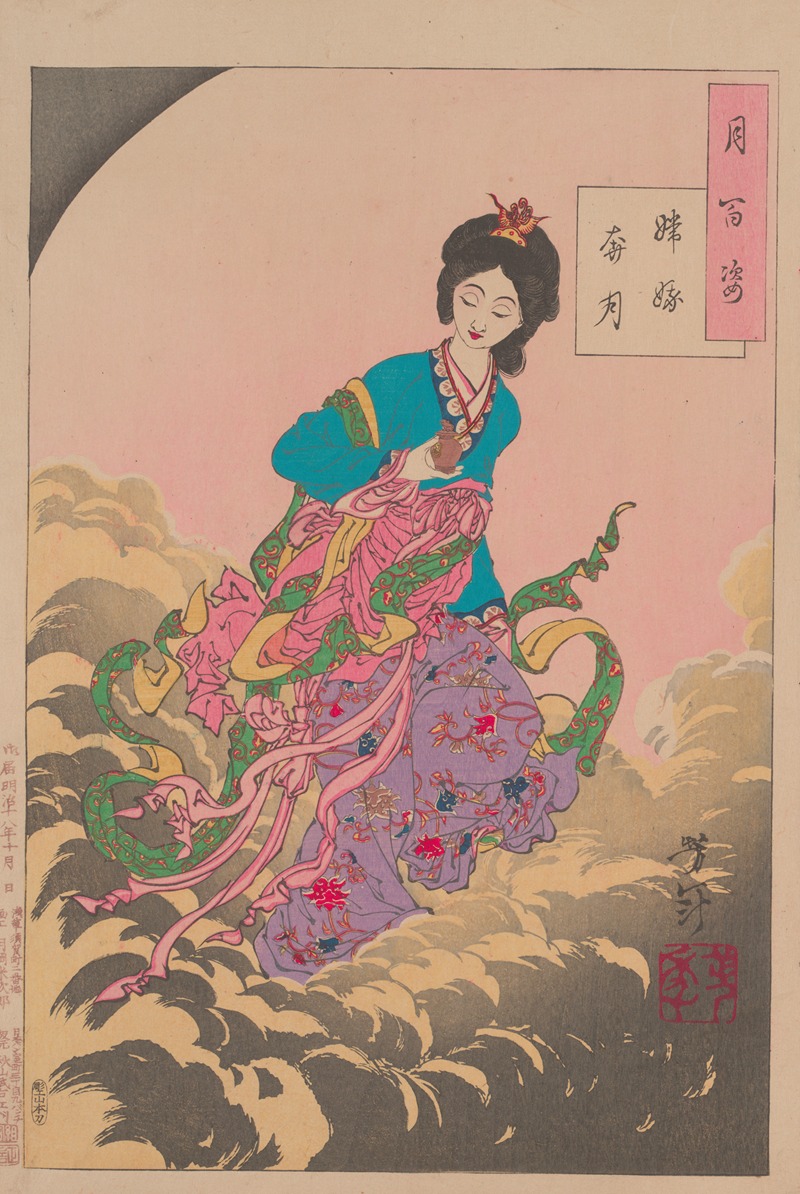
Chang’e flees to the Moon
A hand-painted replica of Tsukioka Yoshitoshi’s masterpiece Chang’e flees to the Moon, meticulously crafted by professional artists to capture the true essence of the original. Each piece is created with museum-quality canvas and rare mineral pigments, carefully painted by experienced artists with delicate brushstrokes and rich, layered colors to perfectly recreate the texture of the original artwork. Unlike machine-printed reproductions, this hand-painted version brings the painting to life, infused with the artist’s emotions and skill in every stroke. Whether for personal collection or home decoration, it instantly elevates the artistic atmosphere of any space.
"Chang’e Flees to the Moon" is a woodblock print created by the renowned Japanese artist Tsukioka Yoshitoshi. Yoshitoshi, who lived from 1839 to 1892, is celebrated as one of the last great masters of the ukiyo-e genre of woodblock printing and painting. His works are known for their dynamic composition, vivid colors, and the ability to convey complex narratives and emotions.
This particular print is part of Yoshitoshi's series "One Hundred Aspects of the Moon" (Tsuki hyakushi), which was published between 1885 and 1892. The series consists of 100 prints, each depicting various scenes and stories related to the moon, drawing from Japanese, Chinese, and other Asian folklore, as well as historical and literary sources. "Chang’e Flees to the Moon" is one of the prints in this series and is based on a famous Chinese legend.
The story of Chang’e is a well-known Chinese myth that tells of a woman who ascends to the moon and becomes the Moon Goddess. According to the legend, Chang’e was the wife of Hou Yi, a skilled archer who saved the world by shooting down nine of the ten suns that were scorching the Earth. As a reward, he received an elixir of immortality. However, Chang’e consumed the elixir herself, either accidentally or to prevent it from falling into the wrong hands, and as a result, she floated up to the moon, where she resides to this day.
Yoshitoshi’s depiction of Chang’e captures the moment of her ascent. The print showcases Yoshitoshi’s skill in portraying movement and emotion, as well as his ability to blend traditional Japanese artistic techniques with themes from other cultures. The image typically features Chang’e in flowing robes, surrounded by ethereal elements that suggest her transformation and journey to the moon. The moon itself is often depicted in the background, symbolizing her new celestial home.
Yoshitoshi’s "One Hundred Aspects of the Moon" series, including the "Chang’e Flees to the Moon" print, reflects his deep interest in the moon as a symbol and its various cultural significances. The series was created during a time of great change in Japan, as the country was opening up to Western influences and modernizing rapidly. Yoshitoshi’s work, therefore, represents a bridge between traditional Japanese art and the new artistic directions emerging during the Meiji era.
"Chang’e Flees to the Moon" is a testament to Yoshitoshi’s mastery of the woodblock print medium and his ability to convey complex narratives through his art. It remains a significant piece within the "One Hundred Aspects of the Moon" series and continues to be appreciated for its artistic beauty and cultural depth.





